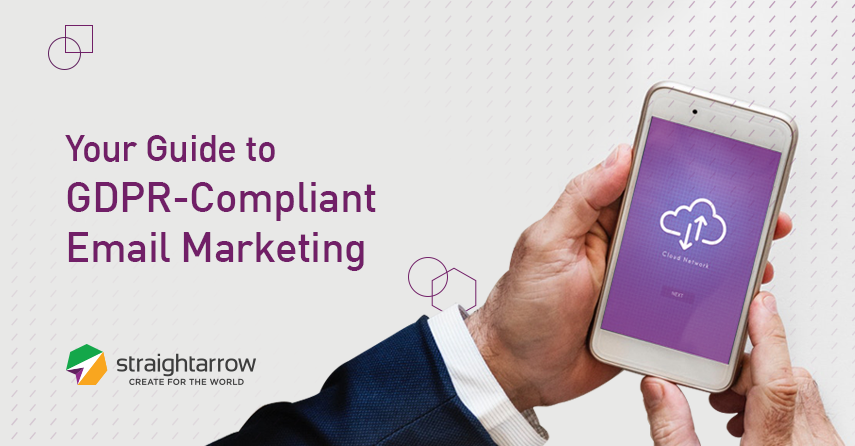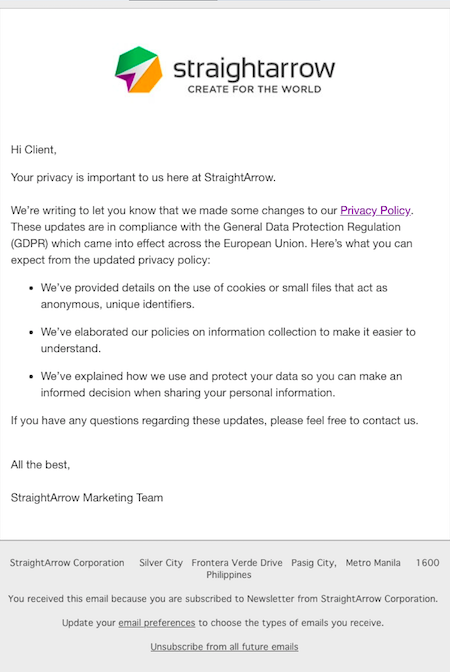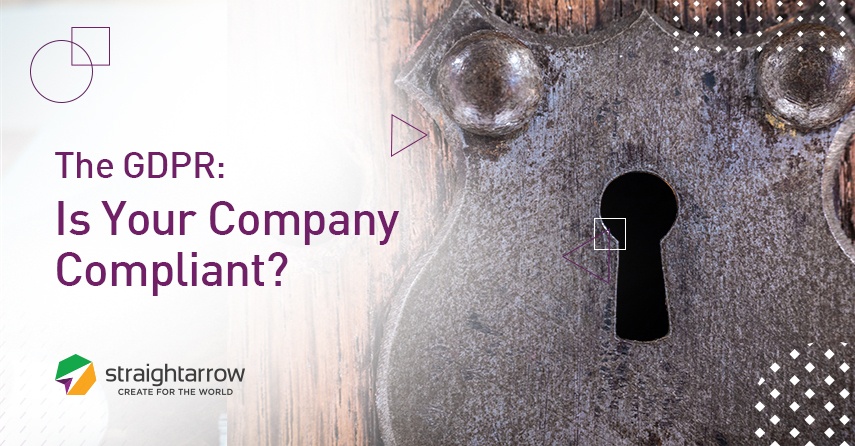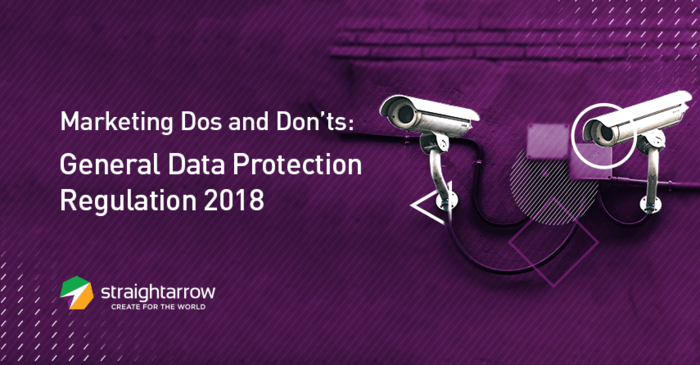
Previously, we discussed the dos and don’ts of the General Data Protection Regulation (GDPR), a new regulation in the European Union, which requires that companies:
- Get their users’ consent before collecting any personal data;
- Be transparent in how they store, transmit, and use that data; and
- Allow users to edit and delete that data at their leisure.
The GDPR applies to all businesses that deal with EU citizens, no matter which country the business is based in. Failure to comply can result in a fine of up to 4% of the company’s total revenue—talk about a huge threat to the email marketing industry.
According to the Hubspot GDPR survey, 90% of EU consumers agreed to the GDPR principles and they expect that companies will be completely transparent about how their data is being used.
On this note, we, as marketers, should know that the first thing we need to prepare are our mailing lists or databases. Of course, it’s essential to have this sorted out and cleaned, but what other things do we still need to do to be GDPR compliant? In today’s blog we highlight four things your email template details should include to comply with the GDPR.
The 4 Parts of a GDPR-compliant email template
1. Option to unsubscribe (or set email preferences)
GDPR is all about giving your contacts the right to choose whether or not they’re still the right audience for you. The last thing you’d want are contacts who want out but can’t find the right unsubscribe page or worse, can’t opt out at all. Before hitting that “send now” button, always double check if your unsubscribe buttons and the pages they lead to are working.
Your contacts should have the option to:
- Unsubscribe to their current email subscription
- Unsubscribe to all of your emails
- Update their current email preferences.
2. Link to your privacy policy page
Letting our contacts choose their email preferences is one thing, but they won’t be able to make sound decisions if we don’t inform them on how secured their data is to our company . The best way to present this is by updating your privacy policy page. Link to it in your emails so that your contacts can access it easily every time you reach out to them.
Here are the things you need to include in your privacy policy page:
- What personal information you collect
- How and why you collect it
- How you use it
- How you secure it
- Any third parties with access to it
- If you use cookies
- How users can control any aspects of this
3. Subscription details
There are probably times when you’ve mistaken an email in your inbox for spam—when in truth, you just forgot why you signed up to receive it. The same goes for our audience. Regardless of GDPR compliance, it’s a good idea to include subscription details in your email template.
For example:
“You're receiving this because you're currently subscribe to *specific* newsletter, click here if you’d like to update your current subscription.”
It’s straightforward and gives your users the option to update their subscription preferences upfront.
4. Contact details and office location
Keeping your customer data secure is one thing but let’s not forget our contacts have now the right to access their personal data. Adding the details about your contact information and office location in your email template is key to ensuring their rights to access, edit, or delete their data any time.
If you follow all of these tips your email should now be GDPR compliant ready and should like this:

To continue receiving information on how to create data protection law compliant marketing with the help of an outsourced creative team, subscribe to our blog below.










Comments